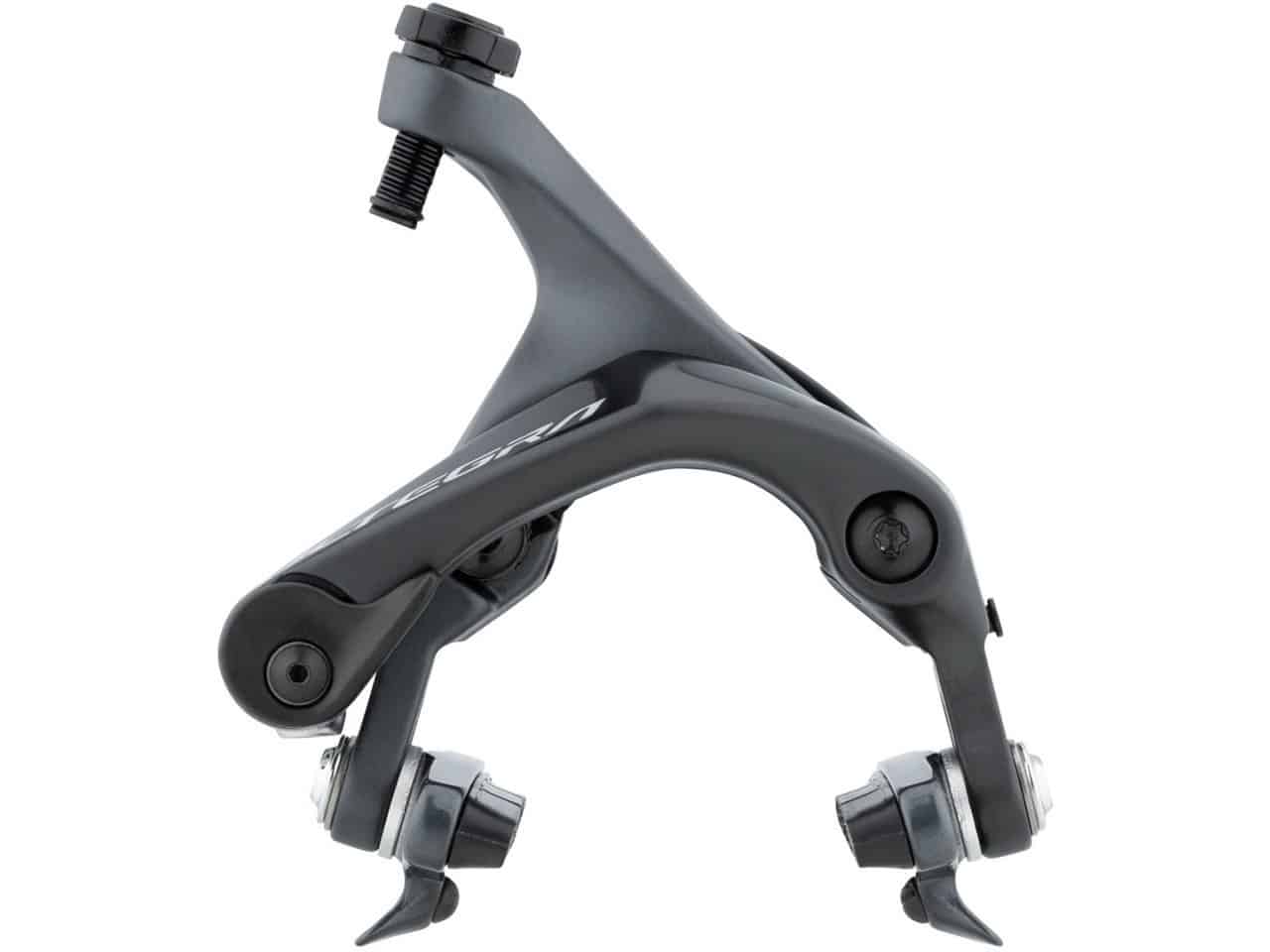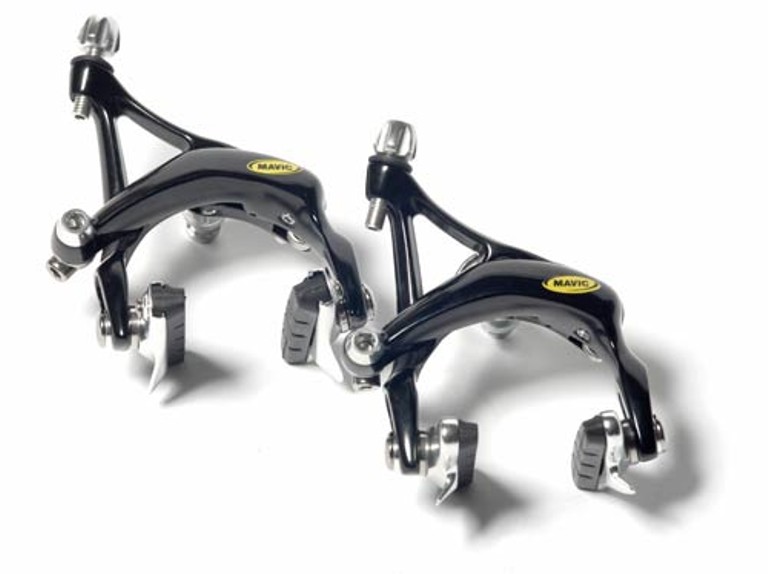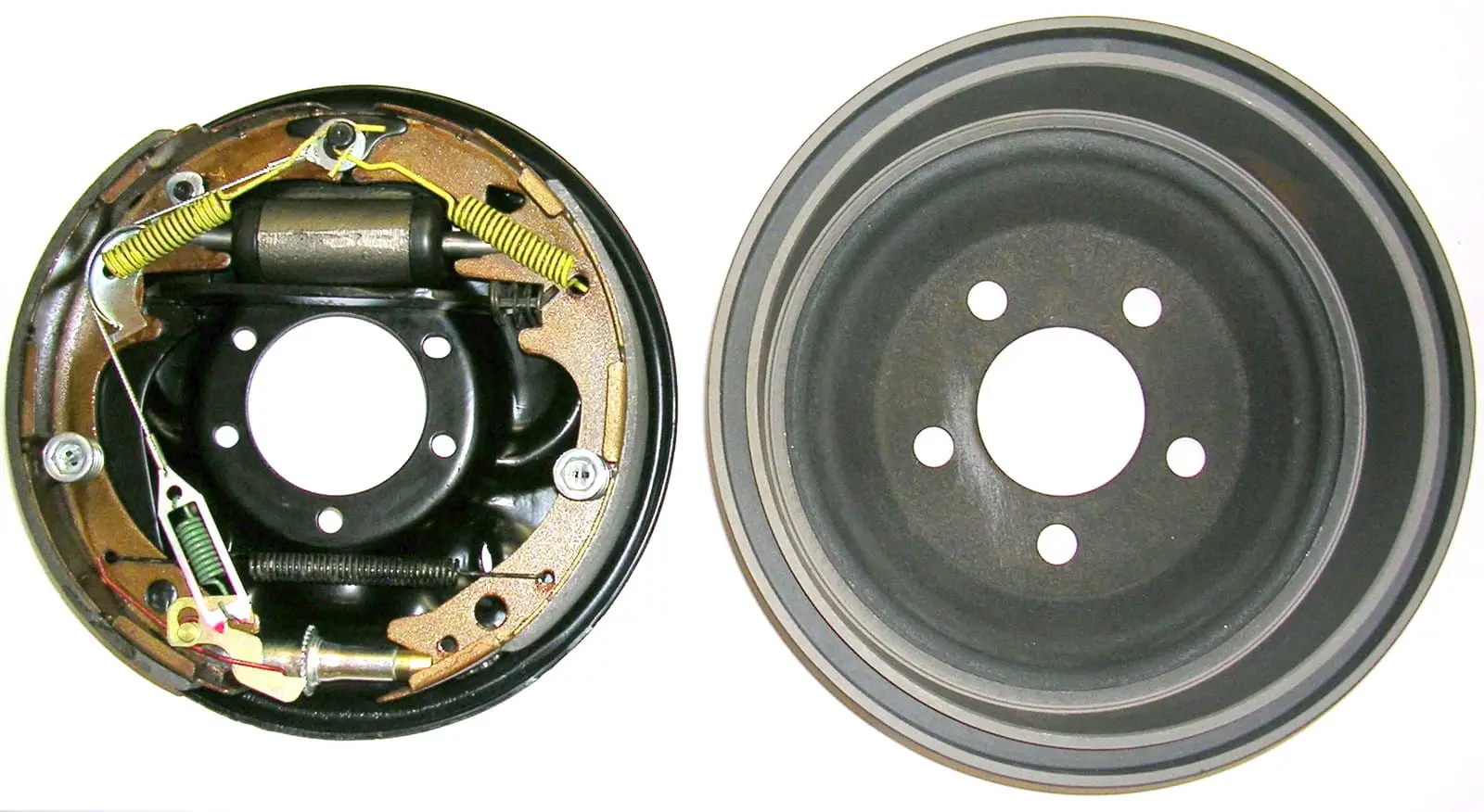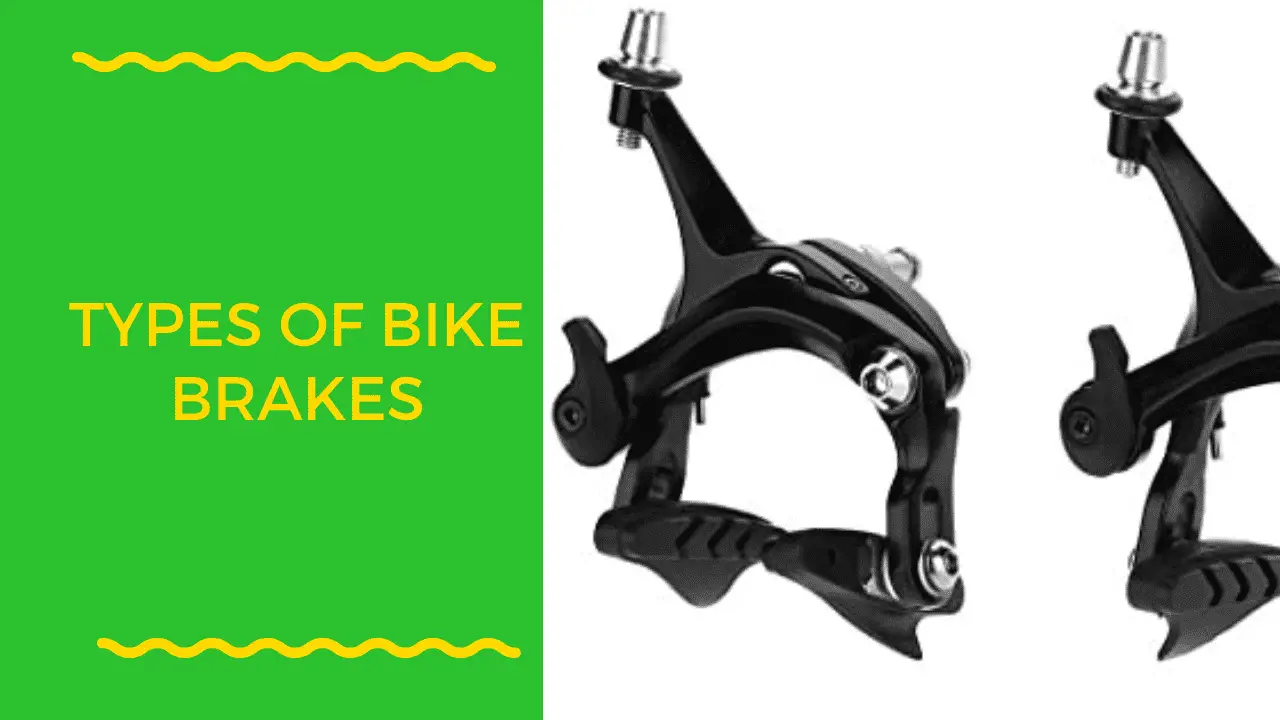Bike brakes are among the most important accessories in the cycling world. T
hey give you full control of your bike’s speed, so you can slow down when you have to, stop when there is an emergency, and control your bike in whichever way you want.
In fact, by having the right brakes fixed on your bike, you have the stopping power that you need, so you won’t have to worry about causing accidents on the road.
Apparently, there’s more to bike brakes than just knowing what they do.
There are also different types of bike brakes that you need to know about so that you can choose the right model to fix on your bike. And that’s what we’ll look at in this article.
And remember this:
No brake is bad at all. The one you choose to fix on your bike comes down to a personal choice.
But I do think it’s important to know the different kinds first, so you know the options that you have on the table already.
So without further ado, let’s get to it.
But first things first, how does a bike brake work?
Contents
Bike Braking Systems at Work: Understanding the Mechanism
All brakes, regardless of the type, have a similar working concept. At the very least, each brake has a pad that creates friction on a braking surface on a bike’s wheel.
When you press the brake, the pad makes contact with the surface on the wheel, creating a friction that lowers the speed of a bike and eventually bringing it to a stop.
For a better friction effect, you always need to make sure that your brakes are in good condition all the time. And that’s why it’s important to make sure you service your bicycle every once in a while.
Now that you know how bike brakes generally work, let’s take a look at the different types of brakes that are available in the market.
What are the Different Types of Bike Brakes?
There are mainly three types of bike brakes:
Below is an explanation of each type.
1. Rim Brakes

Traditionally, rim brakes are the most common in the cycling circle. According to history (1), they date as far back as 1817, when Karl Drais invented a pivoting brake that was operated by pressing a lever.
To be clear, rim brakes are quite simple in design and performance, still tied to the same ancient working concept since they first appeared.
The brake pads on the system apply a force to the rim of a bike’s wheel once a rider activates a lever on their bike’s handlebar. This creates a friction between the two surface, lowering speed, and causing the bike to slow down.
We can think of at least four reasons to love rim brakes. They’re cost effective, easy to use, affordable, and lightweight. And although they demand regular maintenance, they aren’t as hard to maintain at all.
To expand on this even further, it’s important to know the different types of rim brakes currently in development. They’re as follows:
Cantilever Brakes

The cantilever brakes are perhaps the most powerful in then rim class. In the terms of structure, they have brake shoe and a cable attachment on each arm, located about on the same side of a pivot at different contact points.
What we love about cantilever rim brakes is that they can accommodate a wide space between the mount and pads.
As such, they work well with bikes that have wide tires. Which is to say that, unlike caliper rim brakes, they’re the ideal option for mountain bikes.
For further reading, check out our recommendation of brakes to use mountain bikes.
A V-brake is a good example of cantilevers in the rim brakes category. Manufacturers introduced V-Brakes to give cyclists an option that would perform a lot better than rim brakes.
While they aren’t as powerful as disc brakes per se, V-Brakes still give you an excellent stopping power via a simple brake cable pull to perform even in the worst-case scenario.
They’re easy to install and use, but first make sure your levers are compatible before the installation.
In terms of design, V-brakes have cables attached to one arm and cable housing to the other. As for performance, you won’t need an isolated cable stop on the fork, which is why they can work with any suspension system.
Linear Caliper Brakes

A caliper brake is the most common type in the rim brakes category. It’s a cable-activated model mounted to a point above a bike’s wheel. Because they fit well on standard tires, caliper brakes are perfect for road bikes.
However, they aren’t very effective on wide tires, so we don’t recommend buying them for mountain bikes.
2. Drum Brakes

If you own a commuter bike and you’re wondering which the right brakes to use are, you should consider drum brakes. These also work well with any utility bike.
Generally, drum brakes feature rods and cables, with an operating lever placed on the handlebars. Although drum brakes require that you have gears in the rear hub, it’s still fine if you choose to put them in front.
The primary advantage of drum brakes is they give you a more reliable breaking power that rim brakes don’t. In particular, they’re quite effective in all weather conditions, so you can use them to control your bike’s speed even in rainy weather and dirt trails.
The problem with drum brakes is that they’re heavier than rim and disc brakes. Not to mention that they are so complicated that some cyclists may not find them nearly as effective.
3. Disc Brakes
Disc brakes are quite popular these days. And they’re much more powerful than rim and drum brakes. We have a front to back comparison of mechanical and hydraulic disc brakes, so check the post to learn more about the difference between the two.
Generally, disc brakes have more stopping power than rim and drum brakes do. And that’s true regardless of the conditions outdoors. Plus, they can fit on any kind of bike you can think of, from all-purpose bikes to cyclocross.

